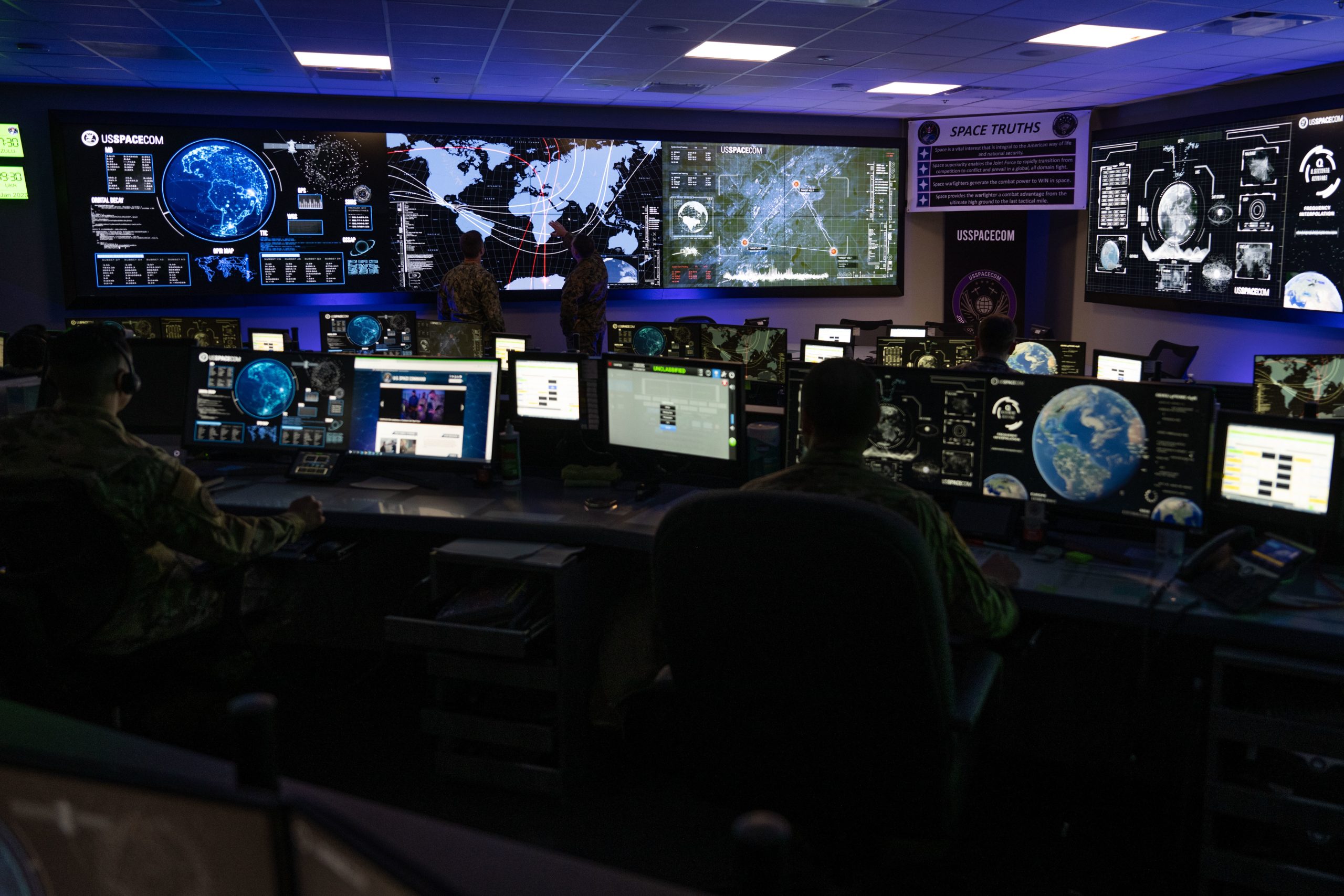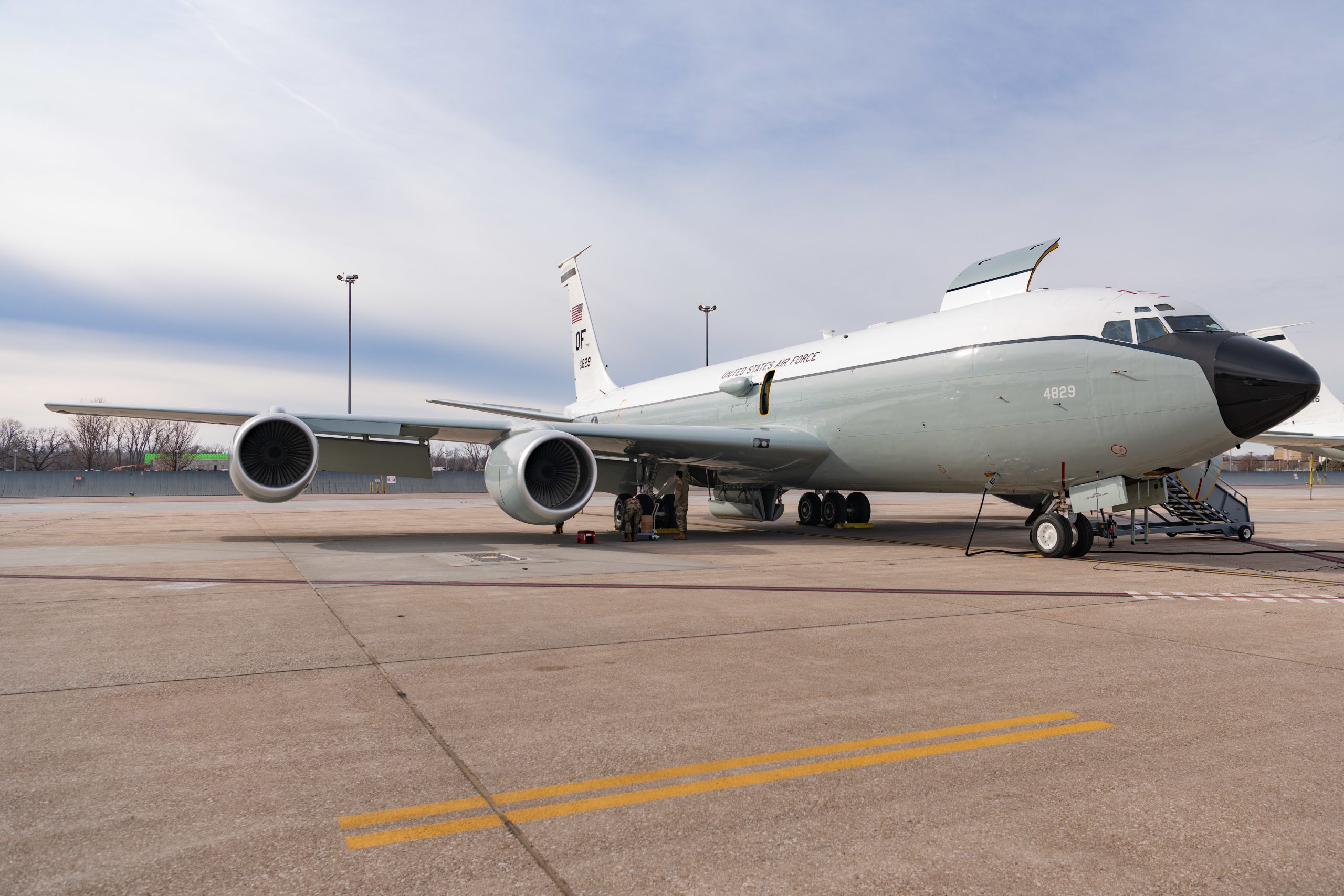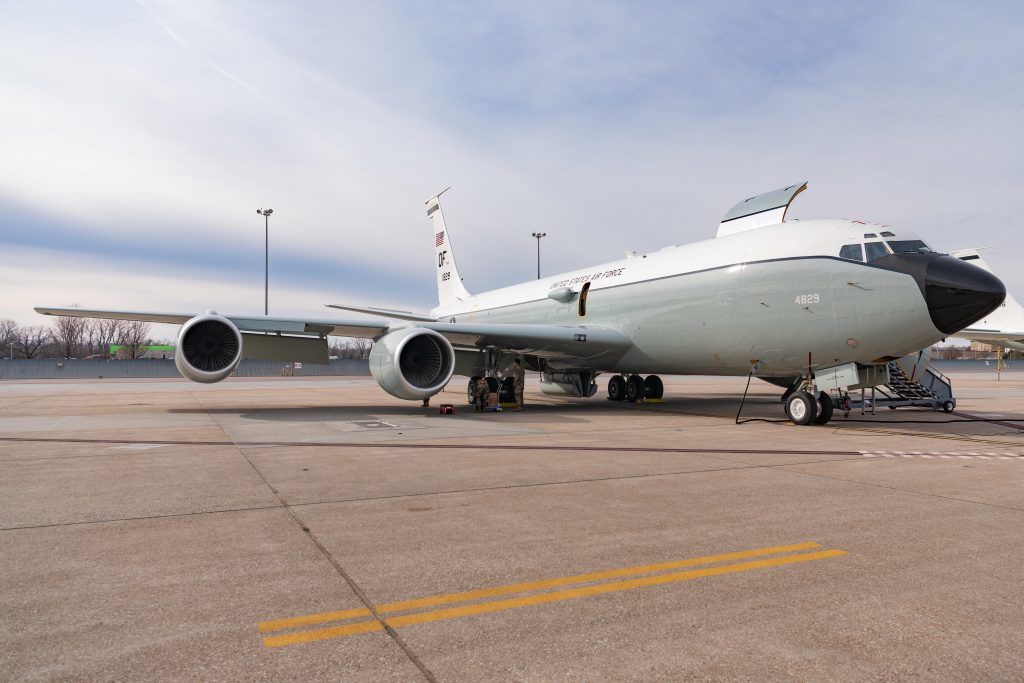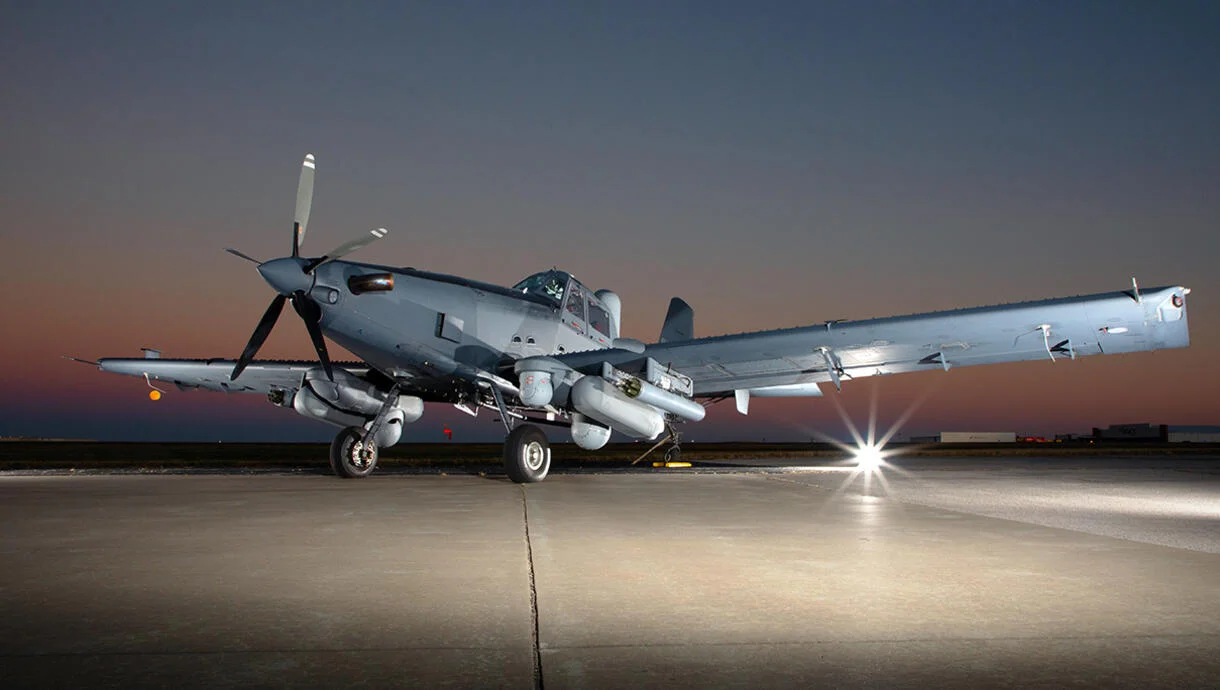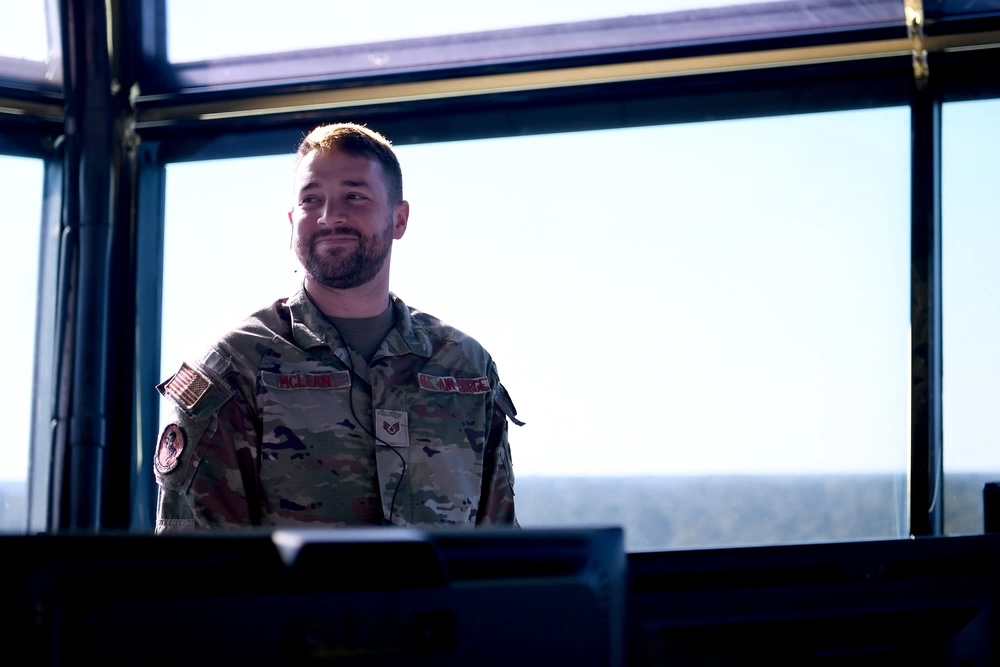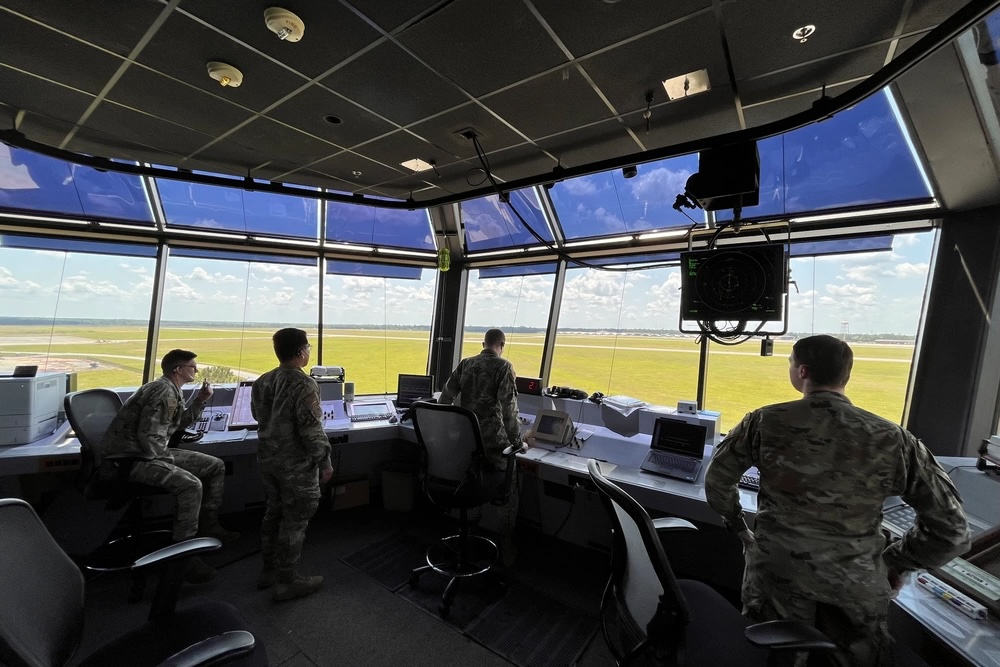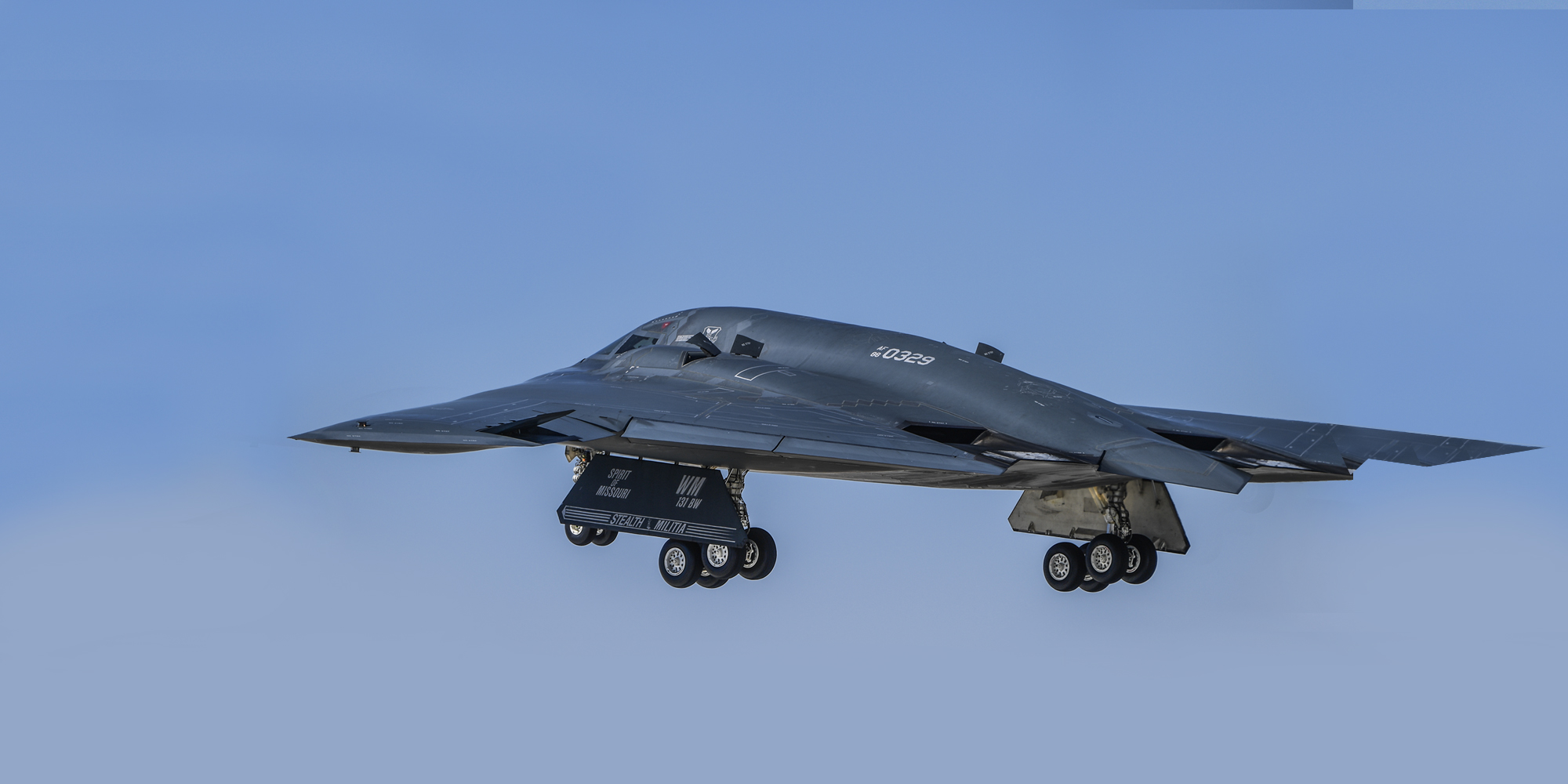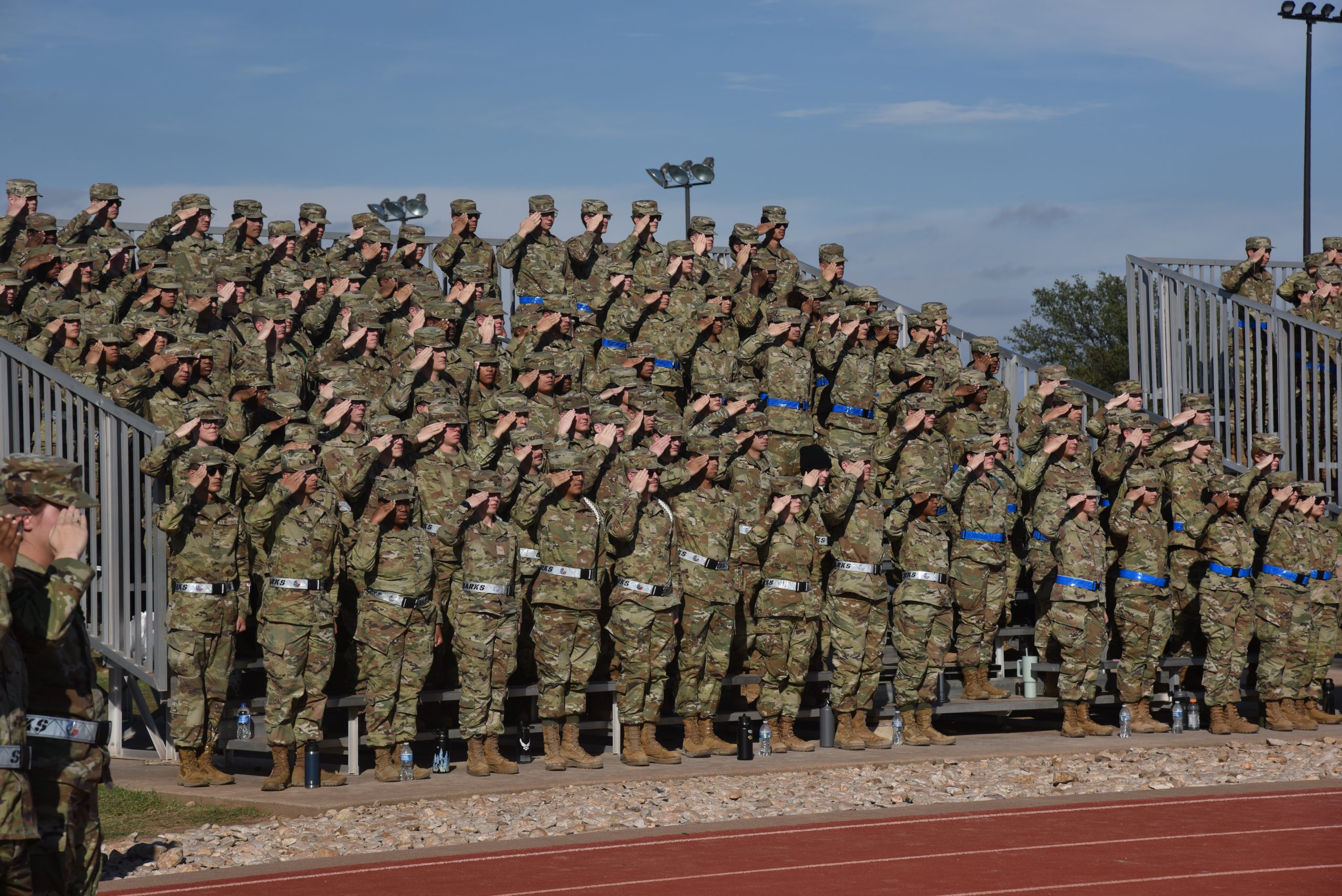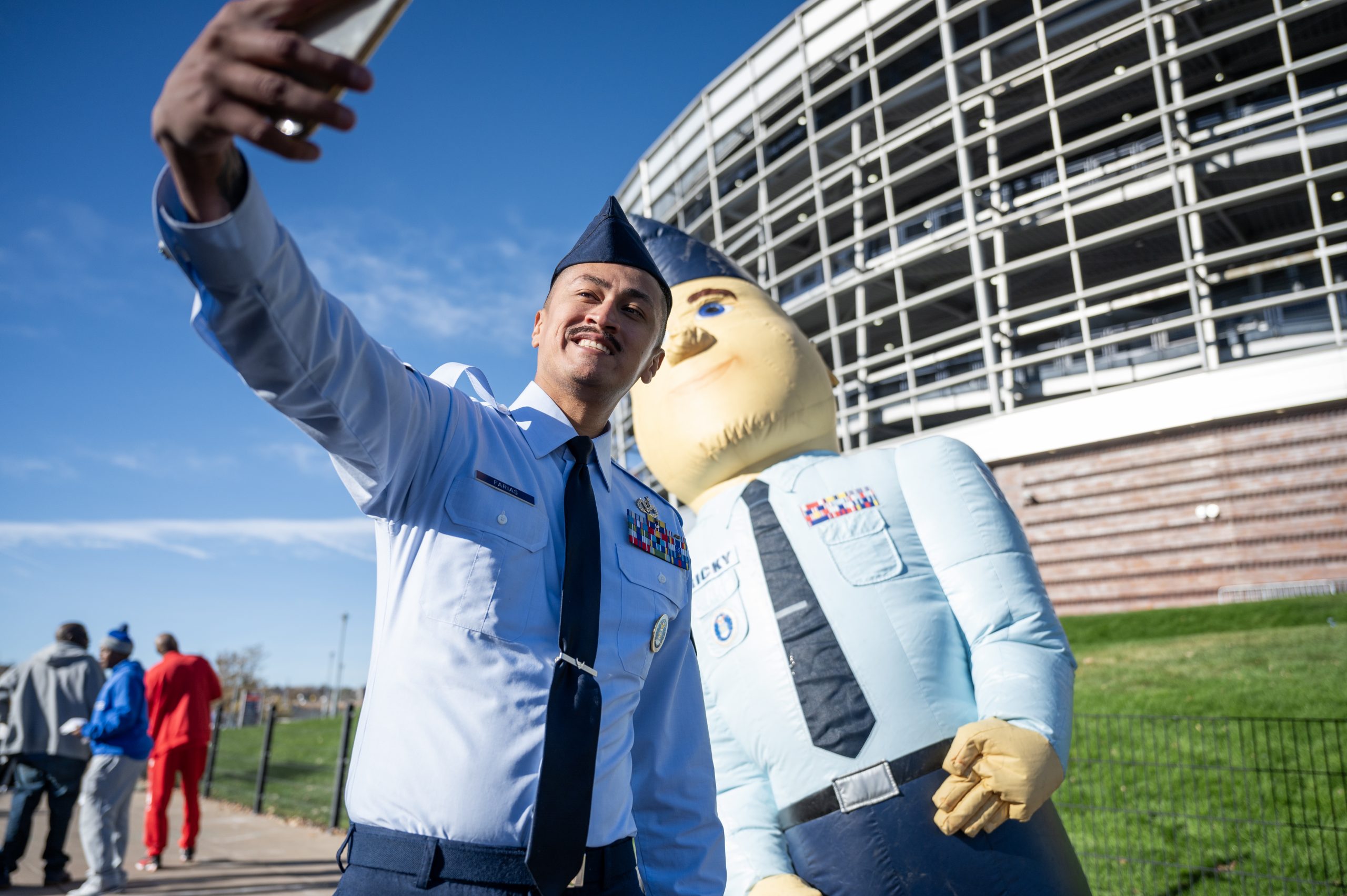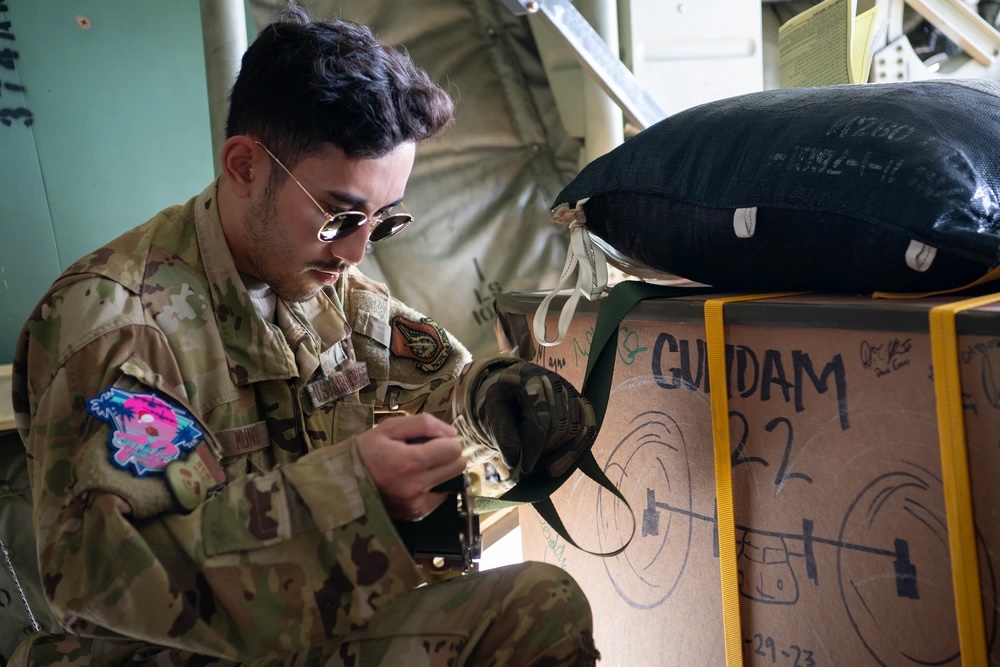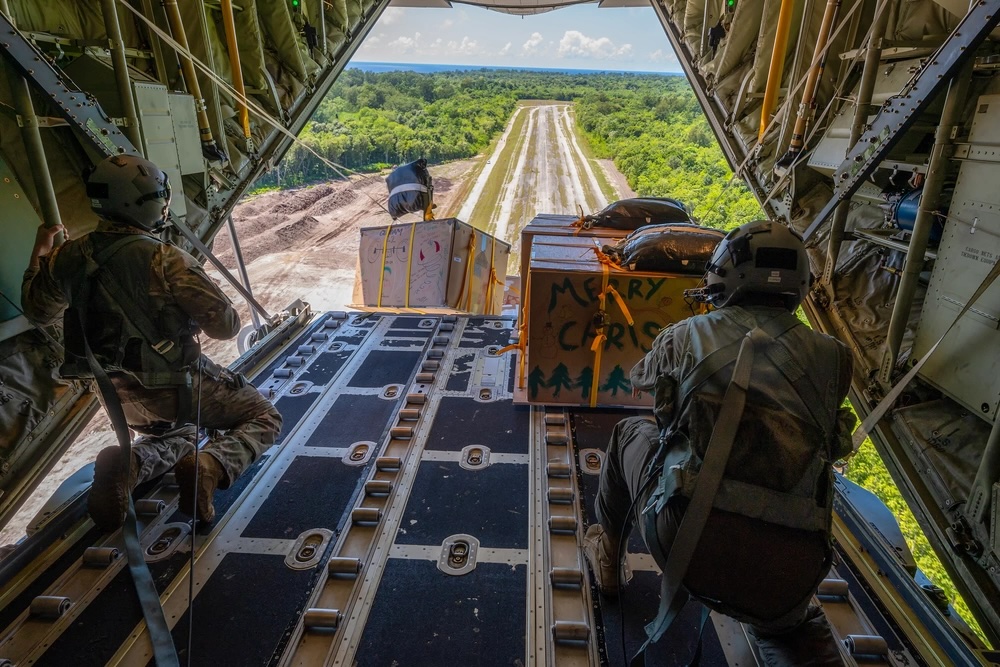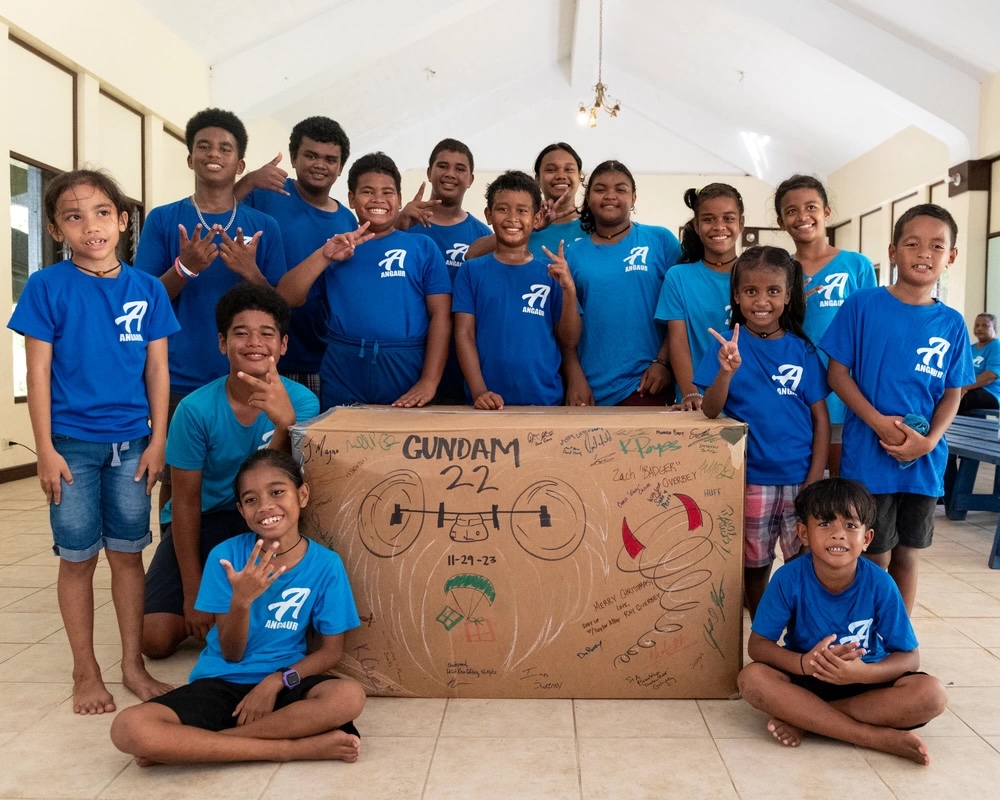U.S. Space Command declared full operational capability Dec. 15, four years after the nation’s 11th combatant command was established—and before it has a permanent home base.
“Thanks to the disciplined initiative of our people and the support of our joint, combined, and partnered team, I can confidently say we have reached full operational capability,” SPACECOM commander Army Gen. James Dickinson told his headquarters team during a command town hall at its home station on Peterson Space Force Base, Colo.
After an in-depth evaluation, including affirming the command’s ability to function under what Dickinson called “our worst day, when we are needed the most,” the command concluded it can now operate under any scenario, according to a release.
The declaration comes as Rep. Mike Rogers (R-Ala.), the chairman of the House Armed Services Committee, continues to fight to relocate SPACECOM to Redstone Arsenal in Huntsville, Ala., just north of Rogers’ home turf and Alabama’s 3rd congressional district.
Now that SPACECOM has reached FOC, however, Colorado lawmakers can argue against moving from its provisional headquarters because doing so would set the command back in terms of readiness. Compromise language in the 2024 National Defense Authorization Act states that a new command headquarters cannot be built until government watchdogs investigate President Joe Biden’s decision to keep SPACECOM in Colorado, which reversed a decision made by former President Donald Trump in his final weeks in office.
“Maintaining the headquarters at its current location ensures no risk of disruption to Space Command’s mission and personnel, and avoids a transition that could impact readiness at a critical time given the challenges we continue to face,” National Security Council spokesperson Adrienne Watson told Air & Space Forces Magazine in July.
SPACECOM declared initial operational capability (IOC) in August 2021. Full operational capability is a significant advance, which includes:
- Accomplishing the Unified Command Plan mission alongside global campaigning, exercising, and responding to crises
- Employing the personnel with all necessary skills across the full span of military, civilian, and contractor personnel
- Possessing the infrastructure necessary to support command and control across all mission and business functions
- Having all necessary command processes and functions in place
- Being able to set the conditions and requirements for the future fight
Dickinson said challenges have only grown in space, primarily from America’s chief adversaries.
“As the command has matured, challenges to a safe, secure, stable, and sustainable space domain have significantly increased,” Dickinson said. “Both the People’s Republic of China and the Russian Federation are fielding counterspace capabilities designed to hold U.S., allied, and partner space assets at risk. And North Korea and Iran are in the early stages of developing their space enterprise.”
U.S. Space Command was established in the fall of 2019 as a geographic—or “astrographic,” in SPACECOM’s new terminology—combatant command, responsible for military operations 100 kilometers above sea level and beyond. Just months later, the U.S. Space Force was established as an independent military branch to organize, train, and equip space forces in support of all 11 combatant commands.
SPACECOM validated its headquarters staff’s ability to function as a “ready, joint force” in a joint exercise with U.S. Indo-Pacific Command, the command said. Secretary of Defense Lloyd J. Austin III approved the command’s operational plan, another critical step in its development.
“As the complexity of the domain grows, so must our capability to deliver operational and strategic effects to our nation and preserve the safety and stability of the domain,” said Dickinson, who remains atop the command while waiting for Space Force Lt. Gen. Stephen Whiting, nominated to succeed him, to be confirmed as the four-star combatant commander. That nomination is among nearly a dozen still on hold due to another Alabama politician, Sen. Tommy Tuberville, who has held up military promotions for months in an attempt to force the Pentagon to reverse a policy that provides time off and travel expenses for military members based in locations where certain reproductive health services are not available, such as abortions.
The declaration of full operational capability “does not mean the command will stop developing capability or capacity,” SPACECOM said in its announcement. “The command, like all others, will require additional resources to keep pace with competitors and evolving threats.”
